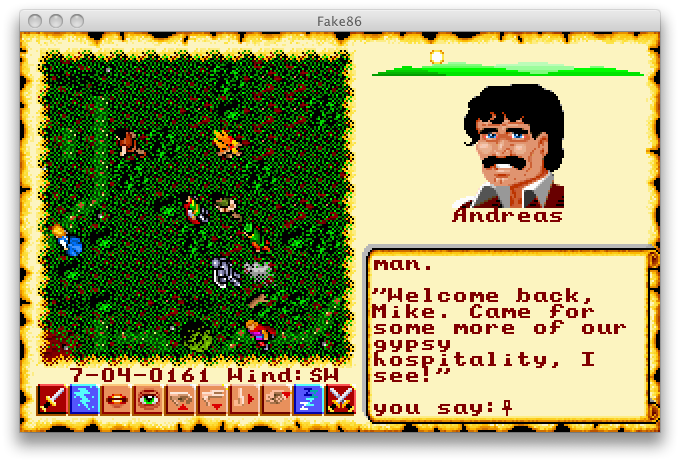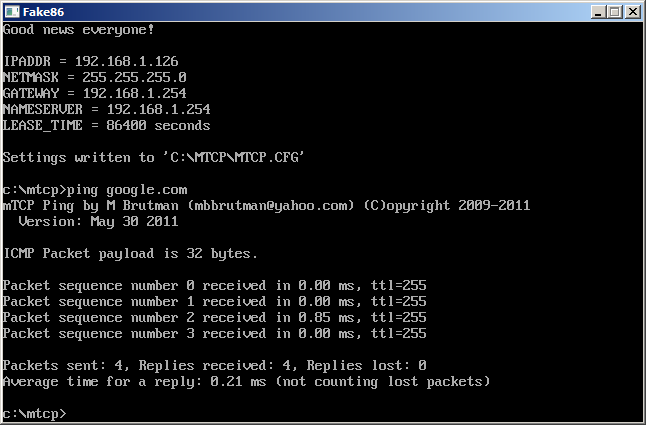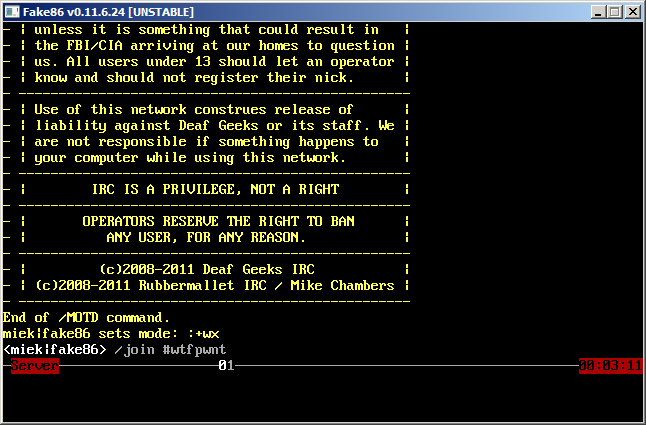eeguru
Veteran Member
I don't remember the exact quote circumstances. The point was that when the 286 was being rolled out, even 1MB was still quite a lot of RAM. The earliest 8086/8088 systems typically shipped with 64KB.
And you're right, even with segment separation, the x86 wouldn't be pure Harvard as many of the data instructions operate against all 4 segments. And I don't consider immediate operands a corruption of the model. I'm just frustrated at some current project where I am forced to use a pure Harvard processor (LM8 ) with a fixed 18K code space to do way too much.
And you're right, even with segment separation, the x86 wouldn't be pure Harvard as many of the data instructions operate against all 4 segments. And I don't consider immediate operands a corruption of the model. I'm just frustrated at some current project where I am forced to use a pure Harvard processor (LM8 ) with a fixed 18K code space to do way too much.




